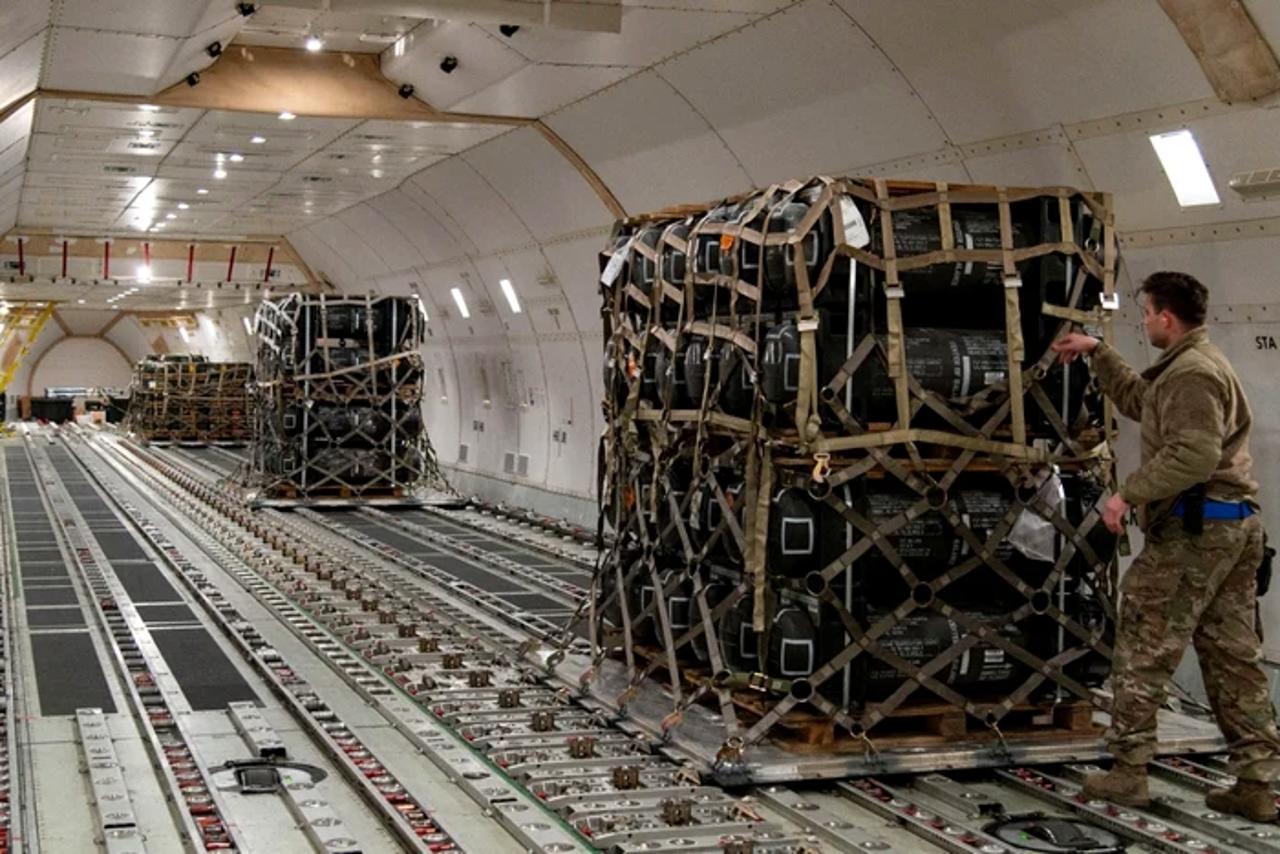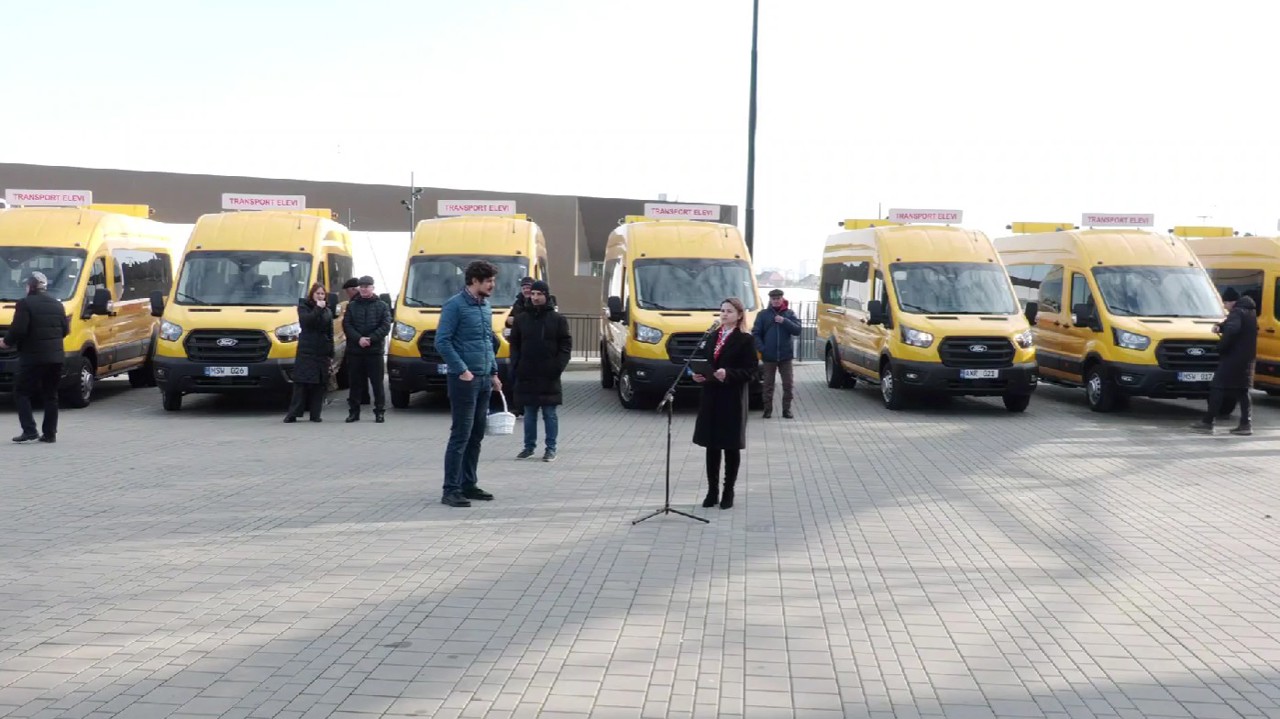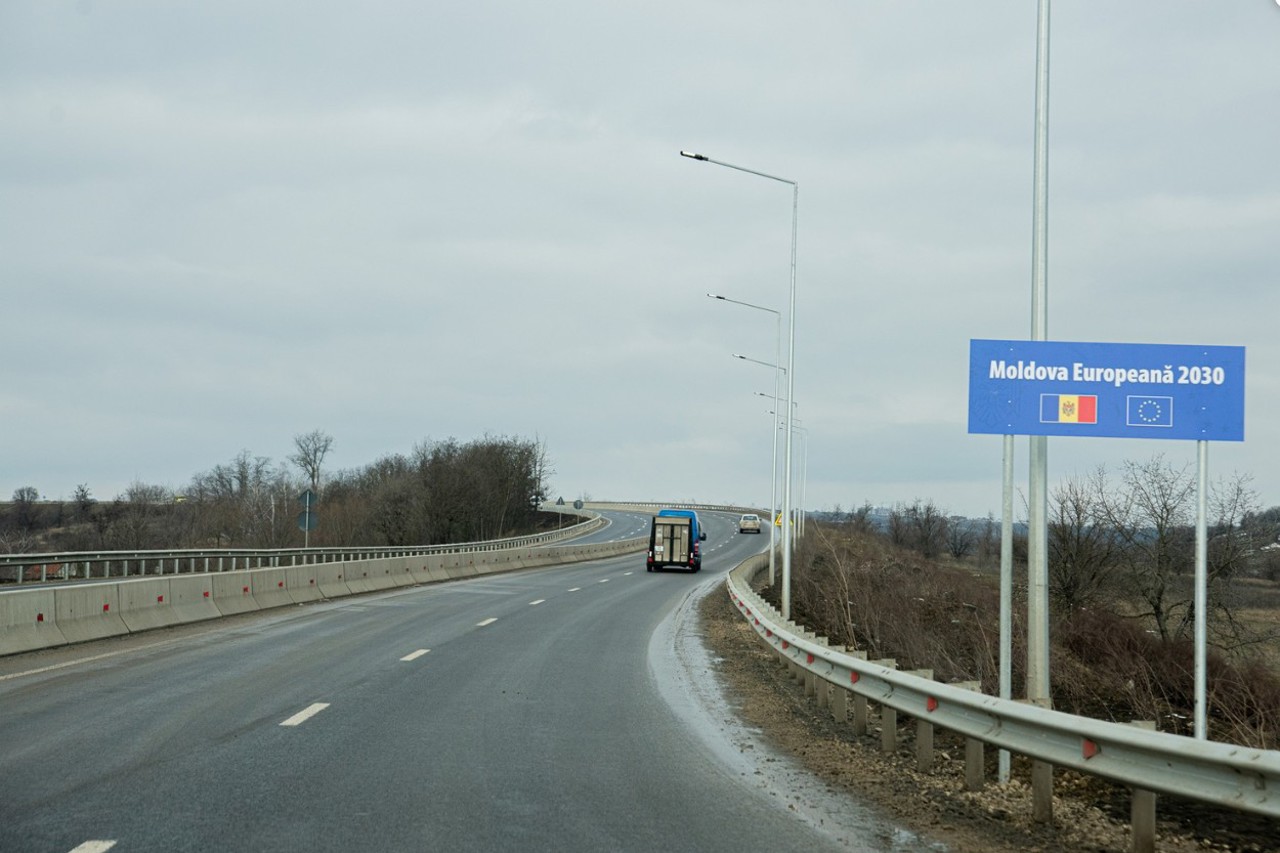Financial Times: What new aid really means for Ukraine — and for Putin
Once President Joe Biden signed the bill into law, the US military began rushing the desperately needed material to the front lines. The aim is to leave Russia with as little time as possible to make the most of its current superiority before it starts to face more resistance. The congressional votes were a major morale-booster for Kyiv, which now hopes for a virtuous cycle of events to restore its battlefield fortunes, The Financial Times reports.

Manpower problems, which remain chronic, should be eased as new recruits don’t face the prospect of being sent to fight with insufficient ammunition. Ukraine’s existing stocks can be released straightaway: they no longer have to be eked out because of concern that they may never be replaced. An impetus will be given to European countries to press on with their donations to the war. Rishi Sunak, the UK premier, made his own announcement on a visit to Warsaw of a new £500mn package, while a variety of projects to get extra ammunition, Patriot air defence systems and F-16 aircraft to Ukraine are moving ahead.
In the first instance, this is more likely to slow down than reverse Russia’s current offensive. Even when there were hopes that the US assistance would come through early in the year, 2024 was still expected to be a period in which Ukraine would hold ground more than liberate its occupied territory. Ukraine’s forces would absorb whatever blows the Russians could throw at them, while sorting out their manpower issues and ensuring that their own lines could hold. Zelenskyy, his government and military leaders have spent much of this year debating how to mobilise more men, even while those already committed are suffering depletion and exhaustion, and building fortifications to hold back anticipated Russian offensives.
It will take time to recover from the difficult first months of this year, and then more before Ukraine starts to benefit fully from new supplies of equipment and from increased European and US production of artillery shells. Fresh units need to be trained and there are still command issues left over from last year’s disappointing counteroffensive, notably about how to co-ordinate large-scale operations. Though the Ukrainian armed forces do not want to completely cede the initiative, and want the Russians to start worrying about their own positions rather than focus on how best to attack those of Ukraine, it is going to be some time before they will have the strength to start liberating substantial amounts of territory.
Last year’s counteroffensive was advertised well in advance, and Russia was surprised neither by its direction nor by its timing. Ukrainian forces suffered as a consequence. Kyiv might face pressure to have serious military gains to show in time for the November elections in the US to help justify the assistance, but it dare not allow its next major push to conclude with meagre results. It still needs to husband resources because it cannot be sure of future levels of support, especially if Donald Trump wins the presidency. Apart from his legal troubles, one explanation for Trump’s staying relatively silent as Congress agreed on the new support is that he would not be able to accuse Biden of wasting money on Ukraine if it was not there to waste.
For now, Ukraine’s best way of keeping up the fight against Russia is to carry on with the sort of attacks it has been mounting regularly of late. These have used long-range drones against oil refineries and other targets with some strategic value in Russia. Ukraine won’t be able to use the long-range ATACMS missiles, or the extra Storm Shadow cruise missiles promised by Sunak in Warsaw this week, to attack targets in Russia proper. However, there are many military-related targets available in occupied Ukrainian territory, including Crimea.






